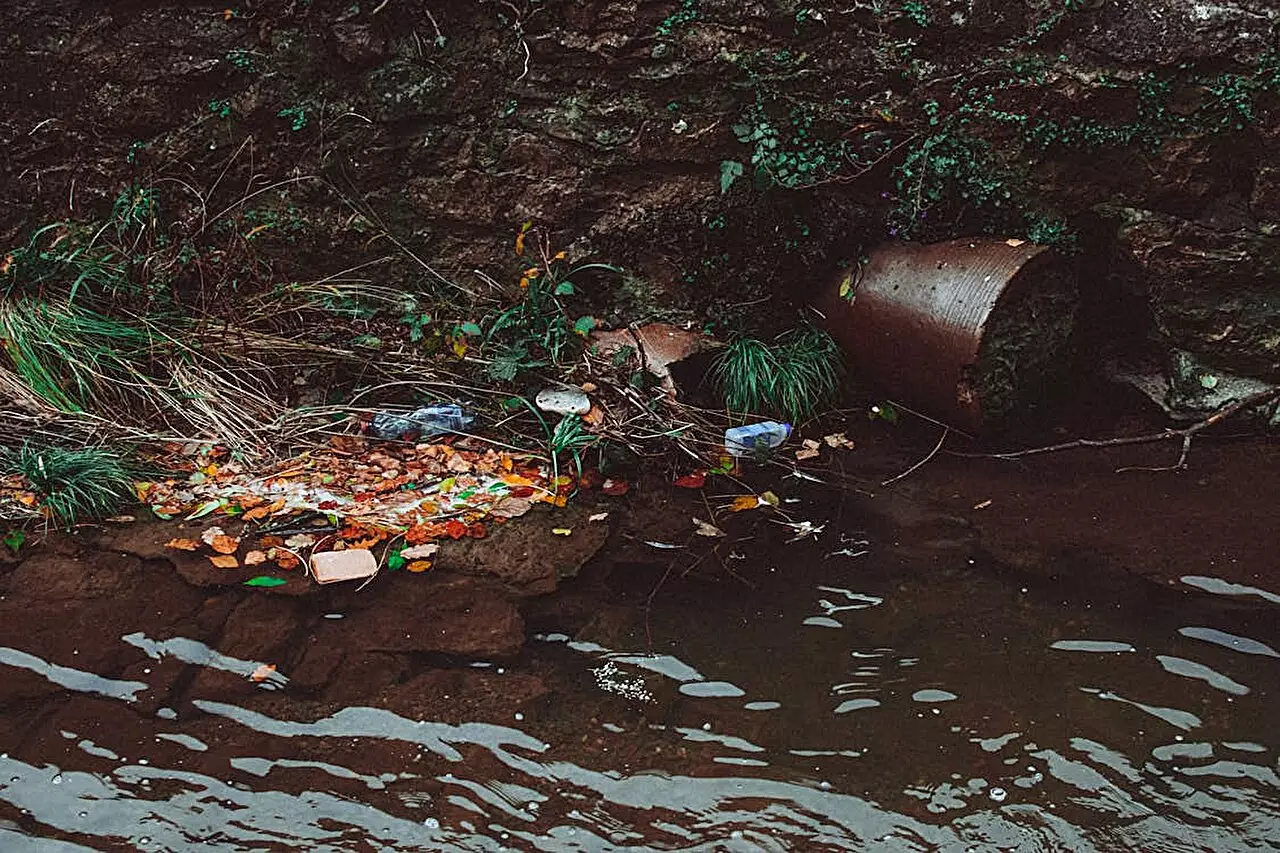The Citarum River, renowned as one of the most polluted rivers in not just Indonesia but the world, stands as a stark reminder of the environmental challenges posed by rapid industrialization and urban expansion. Recent initiatives aimed at its restoration provide a glimmer of hope as innovative strategies emerge, spearheaded by collaborative efforts that engage the local population and various stakeholders. By employing a “Living Lab” model, researchers and community members are combining their efforts to explore sustainable solutions to counteract pollution and foster resilience in this vital waterway.
The Citarum Living Lab represents a groundbreaking initiative coordinated by Monash University, blending transdisciplinary methods with grassroots participation. By uniting local inhabitants, governmental organizations, non-profits, business sectors, and academic researchers, the project aims to not just clean the river but also restore its ecological health. This collective vision hinges on the recognition that sustainable development requires input from those directly affected by environmental degradation. The study, led by Dr. Paris Hadfield of the Monash Sustainable Development Institute, underscores the importance of leveraging local wisdom alongside contemporary scientific knowledge.
At the heart of the Citarum Living Lab is a commitment to community empowerment. Dr. Hadfield emphasizes that inclusive decision-making is essential for crafting effective strategies that resonate with the realities faced by residents. The shift towards community-led initiatives signifies a vital transformation in watershed management approaches, particularly as urban pressures intensify. By actively involving residents in the dialogue surrounding river health, the initiative aims to foster a sense of ownership that encourages responsible interaction with the environment.
Integral to the success of the Citarum Living Lab is its focus on sustainable design interventions, as highlighted by Dr. Michaela Prescott from Monash Art, Design, and Architecture. The initiative is not merely about fixing immediate pollution problems; it seeks to create holistic systems that address ecological needs while reflecting the social fabric of the communities involved. This design-centric approach recognizes that technical solutions must resonate culturally and socially to be effective and sustainable. As such, aesthetics and cultural identity play a pivotal role in the river’s restoration.
The Citarum Living Lab is a symbol of hope not just for the people of Indonesia but for the global community grappling with similar environmental challenges. As river pollution remains a critical issue worldwide, this model showcases the potential for interdisciplinary collaboration to yield meaningful results. The insights gleaned from this initiative could inform similar projects around the globe, demonstrating that local engagement combined with scientific research can lead to scalable solutions that satisfy economic, social, and environmental imperatives.
Ultimately, the revitalization of the Citarum River highlights the imperative of adopting inclusive and cooperative frameworks for environmental management. By harnessing the strengths of local knowledge and interdisciplinary innovation, the project exemplifies a proactive response to one of the most pressing ecological dilemmas of our time. As the initiative unfolds, it will undoubtedly serve as a benchmark for future efforts aimed at restoring not only rivers but also the communities and ecosystems that depend on them.


Leave a Reply